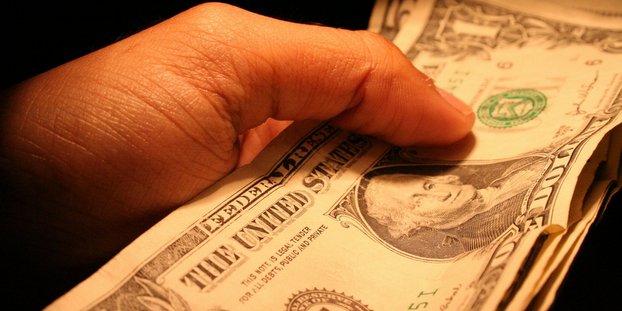
In June, the National Bureau of Economic Research declared that the U.S. is in a recession — and it started in February 2020. The beginning of the pandemic marked the end of an economic expansion that began back in June 2009 after the Great Recession, says the NBER, which monitors the U.S. economy’s peaks and dips largely by measuring domestic production and employment numbers. The organization also notes that this recession is different from previous recessions because the Covid-19 pandemic has yielded such an “unprecedented magnitude of decline” in employment and production across the country.
The beverage alcohol industry is generally considered recession-proof, but there are certain market changes that occur during recessions. For example, in the 2008 recession, beer sales went way down, and hard liquor sales went way up. Wine and ready-to-drink products (RTDs) were either flat or increased slightly. It was similar in the 2001 to 2003 recession. All volumes were increasing, except for beer. Since 2012, volume sales have been fairly consistent — either flat or fluctuating slightly, up or down — through 2019. Then this year things took a turn. Understanding what changes might be ahead can help give alcohol retailers a competitive edge.
“While not of the global magnitude of the Covid-19 pandemic, the 2008 recession gives some indication of changing consumer purchasing both before and after,” says Brandy Rand, COO of the Americas at IWSR Drinks Market Analysis. “Total beverage alcohol 5-year volume CAGR growth [from] 2003 to 2008 was 1.0 percent, while the following 5-year volume CAGR growth 2008 to 2013 softened to 0.1 percent, largely driven by declines in beer consumption post-recession. In looking at U.S. spirits volume by price band, pre- and post-recession, the super high-end and value-end both outpaced pre-recession volumes. Brands in the mid- to upper $20 price range maintained consistency.”
Scott Braun, the CMO of Drizly, says that even though there were dire economic reports in April 2020, Drizly’s data shows that a premiumization trend increased month over month from March to April. “If there are any learnings from the last recession,” he says, “it’s that consumers will likely continue to look for quality, but expect greater value in their purchases.” Braun suggests this means that retailers will benefit from getting creative with pricing discounts, higher volume packaging, and value-add experiences.
How the Recession is Playing Out in the Retail Sector
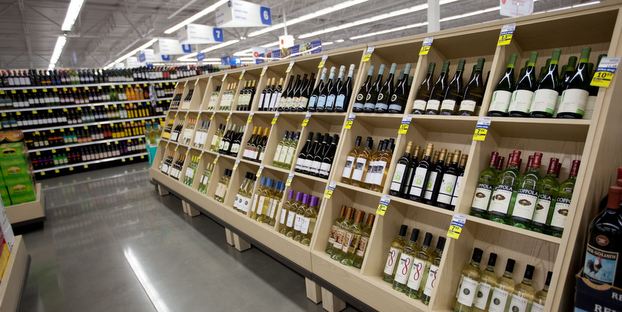
So far, the off-premise sector is proving to be somewhat recession-proof. Retailers are reporting rising sales. Steve Tartaglia, the wine buyer and manager at The Party Source, a massive retailer in Bellevue, Kentucky, says that the store’s sales increased significantly during the second quarter of 2020. The employee-owned company was uniquely positioned when the pandemic hit because it was already in the process of revamping its technology for online sales and delivery. But still, says Tartaglia, the pandemic forced The Party Source to pivot and ramp up its online ordering and mobile app years ahead of what had been planned.
“The nature of the pandemic has changed the shopping habits of our customers to the extent that our online business has grown tenfold, which is something we weren’t prepared for. We had to restructure fast and figure out how to capture and handle that new business.” In addition to expanding its IT team, The Party Source hired additional labor to fill orders, purchased a second delivery van, and invested in masks and social distancing signage to keep employees and customers safe during the Covid-19 crisis.
Tartaglia observed three distinct waves of customer response to the pandemic. When Covid-19 first hit, there was a trend toward value in bulk — the “toilet paper of the alcohol world,” jokes Tartaglia. He saw customers stocking up on Bota Box wines as well as on big, well-known brands of other wines, spirits, and beer — and large formats, especially for spirits. But then, about midway through, he says, it seemed “people got better at shopping with our website.” They also may have realized they had more disposable income, since they were no longer commuting or going out to bars and restaurants. At that point, Tartaglia started seeing an uptick in orders for premium items like Champagne and high-end Napa Valley Cabernets. There was a similar surge in premium spirits and beer. “The third wave,” he says, “was a hybrid of the two.” In the latter part of the second quarter, more customers began returning to the store. “We started seeing both things happen. Online orders kept getting stronger, plus people were shopping in person for a variety of products. That’s why we had such a strong June.”
Nielsen data from the week ending June 6 also showed that off-premise alcohol sales have been growing at a strong pace compared with the same week in 2019: Spirits increased 35.2 percent in dollar sales in aggregate — more than wine, which was up 29.9 percent and more than beer, flavored malt beverage, and cider, which were up 21.4 percent. RTD has consistently grown more than 80 percent in dollar sales for eleven consecutive weeks. Within the wine category, Nielsen saw strong growth in the $20 to $25 and $25-and-up table wine price tiers, as well as in the sparkling wine subcategory, in particular with Champagne.
Though Drizly is also seeing consumers buying more premium products, Braun says that the company recorded some slower growth in wine over the last three months — for Champagne and sparkling wine, in particular. But he suggests that may be because Champagne and sparkling wine sales on Drizly are driven in part by corporate and event orders. Another factor may be that the national mood has been less celebratory in recent months due to Covid-19 and its economic impacts, as well as social justice issues entering the national conversation at a new scale, he says. “That feeling is something that could potentially continue in a recession.”
Like many others, Tartaglia tends to view the beverage alcohol industry as a “famously recession-proof business.” He hasn’t seen any evidence from the Covid-19 crisis — or past recessions — that indicates people’s shopping habits will change dramatically in a new recession. What could happen if the recession becomes more significant, he says, is that people may revert back to the shopping habits he observed in the first wave of Covid-19-crisis buying, and we’ll see a surge in sales of bulk and value products, large formats, and big national brands, rather than premium and craft brands.
Ramon Genao, the owner of Hollywood Liquors in Boston, says that in the last three months customers at his stores have been buying premium products at a higher rate than he’s seen in years. Revenue from online delivery sales also increased during the pandemic. Prior to the Covid-19 crisis, delivery sales represented approximately 15 to 20 percent of sales at Hollywood Liquors. Since the pandemic, delivery sales rose to about 35 percent.
How to Maintain a Competitive Edge
As we progress through this new recession, retailers will have to make big decisions to outpace their competition. “If the last recession is any indication,” says Braun, “spirits will lead the charge. We’re already seeing early signs of that as spirits lead overall share on Drizly for the first time in years.” However, he says, there’s still a big question around the Covid-19 crisis and how it’ll end up affecting businesses in the alcohol sector. “You may find that consumers will continue to imbibe more ‘affordable luxury’ brands at home during this time, knowing that they’re able to do that for a value at home versus on-premise.”
As a retailer, Genao says the most important thing is “knowing how to run your business in good times and also in bad times.” Over the next 12 to 18 months, he recommends focusing on purchasing and pricing, holding the right inventory down, making sure you have your stock in place, and being prepared to service customers through online delivery, especially throughout the pandemic. He also advises retailers to keep up with what’s hot on Instagram and TikTok, so they can provide those products to their customers.
Genao expects the trend toward high-end purchases to go down during the recession. “I think it might just go back to normal,” he says. “For spirits, I think stocking in the $20 range is good. I think the $12 to $15 range is good for wine going forward.” He also notes that in the alcohol business a lot of the trends come in phases. “Right now it’s in a tequila phase,” he says. “We’re selling just as much tequila as vodka.” Sales of hard seltzers are going to increase over the next few months too, he says. “But they’re going to phase out when the cold weather comes.”
Tartaglia has also seen sales of hard seltzer skyrocket at The Party Source. “Seltzer is kind of like a once in a decade curveball that came out of nowhere,” he says. “The seltzer thing has affected beer sales in a huge way. It’s also taken a chunk out of wine, especially Pinot Grigio and Sauvignon Blanc.”
When making decisions about purchasing, Tartaglia says that large retailers like The Party Source don’t “buy ahead on a level that’s predicting a curve far down the road.” Rather, the buyers tend to notice what products are popping, and they’ll react. “We may load up as we see something happening.”
One thing Tartaglia says retailers can do to add to their margins is invest in private label products. “By having exclusives you can control your cash flow and margins, regardless of whether foot traffic is lower.” E-commerce is another must, he says. The days of conducting retail alcohol sales without online ordering or good technology are over.
Braun agrees, underscoring that staying abreast of what’s moving in the market and diversifying your business to provide delivery solutions to consumers at home are both incredibly important at this juncture. “Every decision for any business in a recession is that much more critical.”
He also points out that because of the pandemic people have been looking to take part in at-home activities that give them feelings of social connectedness and a sense of normalcy. “We know that alcohol can be a social unifier,” Braun says. “We see that being more meaningful than ever to consumers right now.” In the end, he says, the biggest challenge for retailers during this recession will be ensuring that they’re able to meet consumers in that moment.

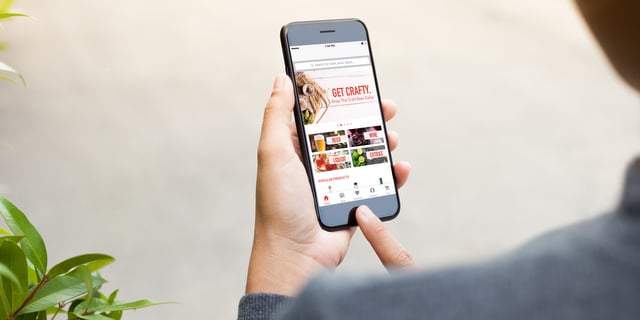

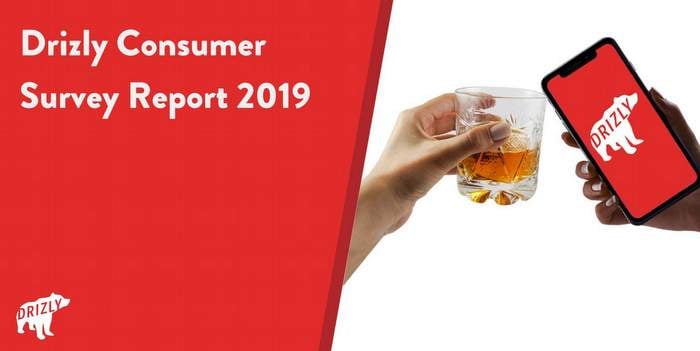
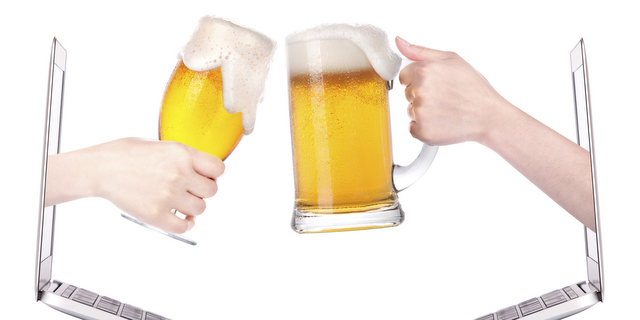
Leave a Reply
You must be logged in to post a comment.